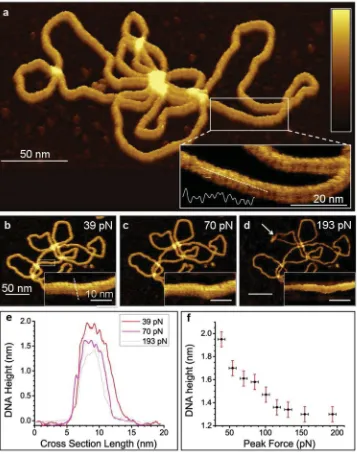Single-molecule reconstruction of oligonucleotide secondary structure by atomic force microscopy
Full text
Figure


Related documents
Our General Public Licenses are designed to make sure that you have the freedom to distribute copies of free software (and charge for this service if you wish), that you
This paper presents an ID-based modified mutual authentication key agreement protocol based on elliptic curve cryptography.. In this protocol, two entities which
It was decided that with the presence of such significant red flag signs that she should undergo advanced imaging, in this case an MRI, that revealed an underlying malignancy, which
Field experiments were conducted at Ebonyi State University Research Farm during 2009 and 2010 farming seasons to evaluate the effect of intercropping maize with
Figure 4 shows the uncertainty associated with the estimation result for the simulated example shown in Figure 2 using the compensation filter with the frequency response
The similar clinical presentation of this form of adenoviral keratitis and herpesvirus keratitis in humans, in addition to the fact that adenoviruses have been isolated from
The small premature infant who has undergone a sur gical procedure and would have to be fed by gavage is much more easily and safely fed through a gastrostomy tube (Fig. 2)..
19% serve a county. Fourteen per cent of the centers provide service for adjoining states in addition to the states in which they are located; usually these adjoining states have